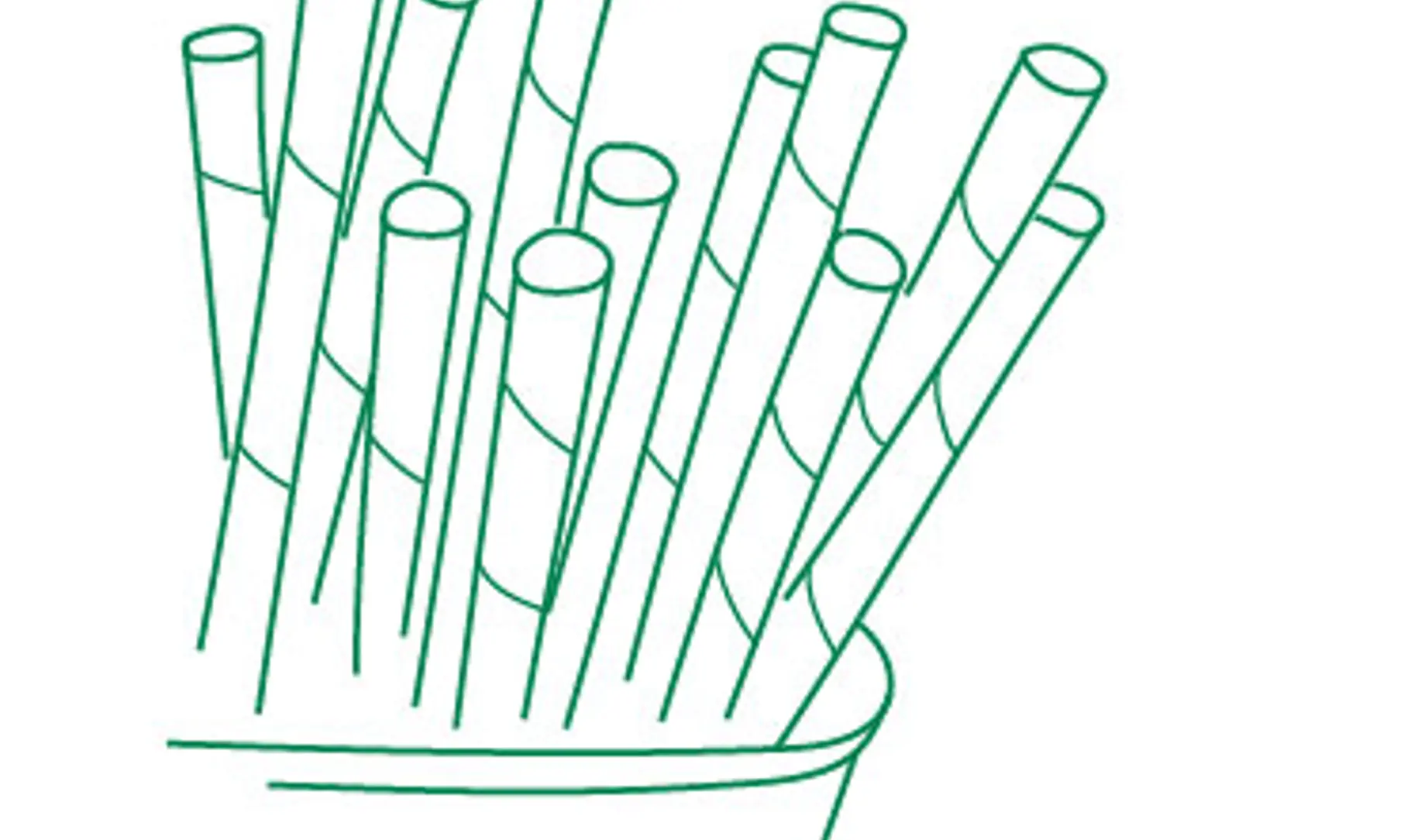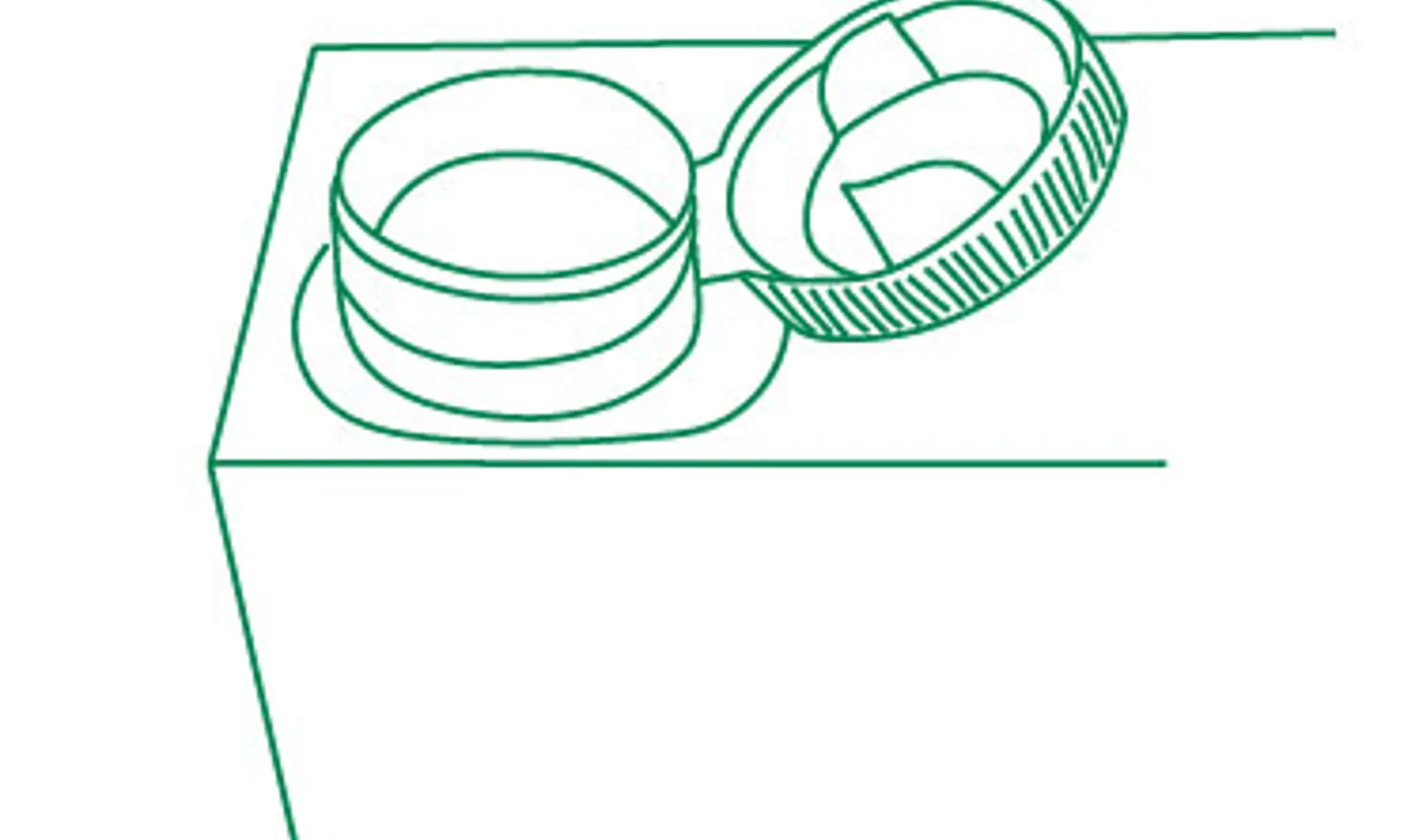Making every piece count

In the fifth part of our Unpacking Sustainability series, we will explore how the industry and government bodies are working together to protect the planet and marine life from plastic pollution
Plastic revolutionised modern living, and today, it is unthinkable to envision a world without it. Still, its environmental impact, when not disposed of correctly, cannot be denied. It is impossible for anyone to shut their eyes to what plastic pollution is doing to marine life and in general, our planet. Only 14% of all plastic packaging is collected for recycling after use, and vast quantities escape into the environment. And when we say “escape” – it means they are not disposed of correctly and end up in the environment where they live on for hundreds of years. If current trends continue, our oceans could contain more plastic than fish by 2050.
Rethinking sustainability
Cartons have become a popular choice as sustainable alternative packaging, especially for on-the-go consumption, with the added benefit of shelf stability. However, even though cartons are more sustainable in multiple ways and can be recycled effectively – it is important for these, or any other packaging for that matter, to be disposed of correctly to make a real difference. And it is especially true for ancillary parts of food packaging, like straws, caps, cutlery, and plastic wraps, among others.
Consumer consciousness about this environmental issue is high. The powerful images of David Attenborough’s 2017 show, Blue Planet II, had record views and 88% of viewers made changes to their lifestyle. However, though consumers have good intentions of changing their consumption habits, it is not an easy shift. They do not want to sacrifice convenience, but 73% are willing to pay more for a sustainable option. The onus, therefore, falls on food and beverage manufacturers to lead the change. Governments around the world are also putting the responsibility on the industry with regulations around the use of plastic and bans of single-use plastics.
The time is now
Across the globe, 170 nations are working together to significantly reduce the use of plastic by 2030. As of July 3, 2021, the EU has enforced a ban on single-use plastics for products with available alternatives like plastic straws, cutlery, earbuds, and more. The packaging industry has been more than ready for this change, with SIG launching its fully renewable and recyclable paper straws more than two years ago.

More recently, SIG introduced U-shaped straws, also made out of FSC™-certified materials, taking one more step towards combining convenience and sustainability. The wrapper for these straws remains attached to the packaging to encourage proper disposal.
Keeping it together
To combat the improper disposal of plastic parts, the EU passed legislation requiring all beverage container caps to be tethered to the packs by July 2024. Remaining true to its unwavering commitment to sustainability, SIG has already announced the launch of tethered caps three years ahead of the deadline, enabling manufactures to make a gradual and smooth transition with no major capital expenditure required.

This regulation is expected to reduce plastic litter significantly by ensuring that the maximum number of caps get recycled along with the packs and bottles.
Partnering with consumers
Even the most pioneering sustainable options cannot make a positive impact unless all stakeholders are committed, including consumers who play a vital role in ensuring that the end-of-life requirements of a pack are met. Despite consumers demonstrating an interest in being informed, the recycling information on packs is often relegated to just a symbol. But it doesn’t need to be that way – a small QR code can both engage consumers and promote recycling, an important part of a brand’s sustainability lifecycle. To know how manufacturers can leverage the power of connected packaging, watch out for the next part of the Transparency Track series or subscribe to our exclusive bi-weekly newsletter, the SIGnals Update, to get the story in your inbox.
In the next and final part of this series, we will look back at different aspects of sustainability and explore what lies ahead for the food and beverage industry.
- iulie 29, 2021
